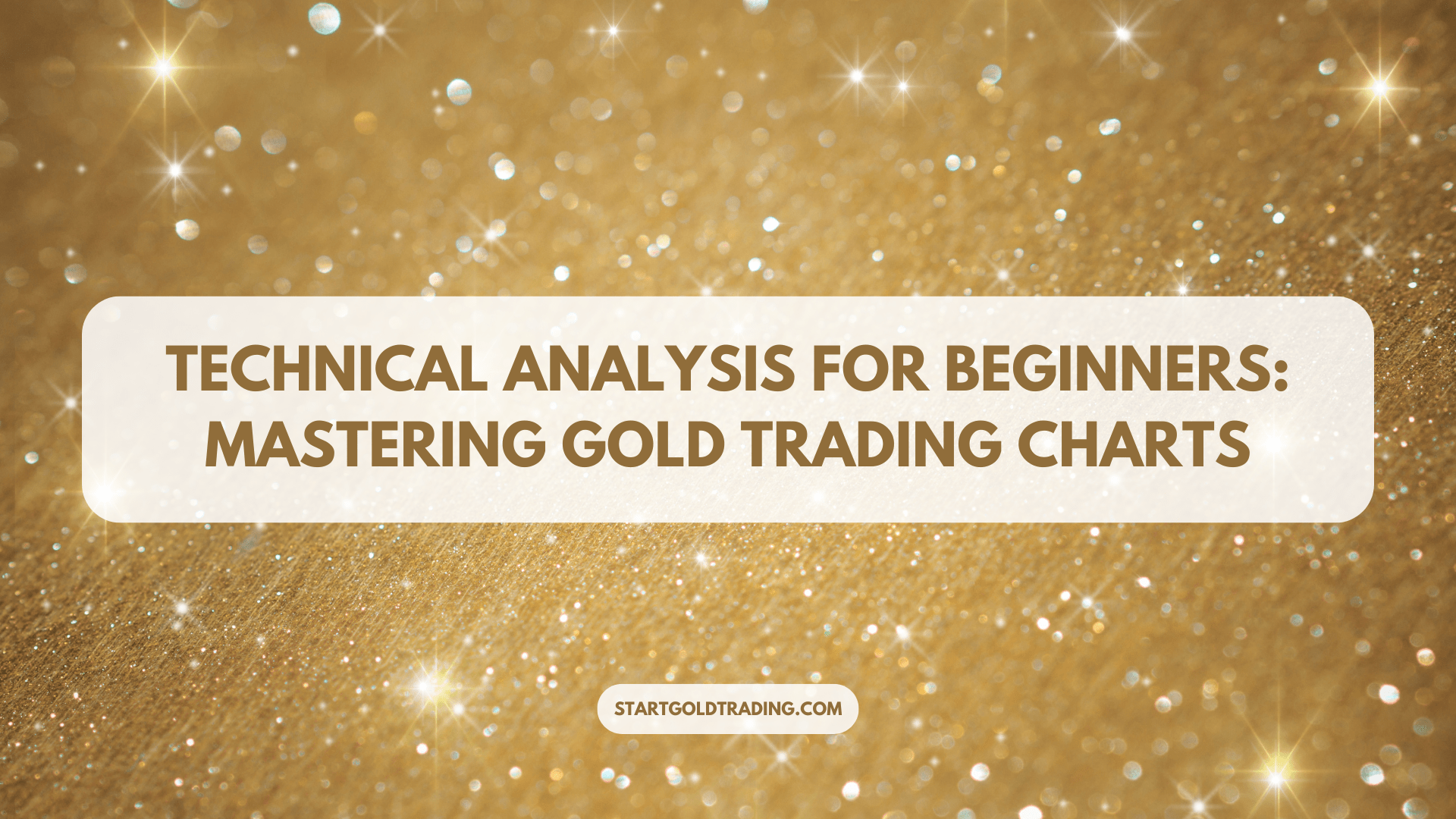When stepping into the world of gold trading, understanding the charts is like learning to read a new language. It’s this language that traders use to predict future market movements and make informed decisions. This article is your beginner’s guide to mastering technical analysis for trading gold, particularly using Contracts for Difference (CFDs). We’ll break down complex charting concepts into easy-to-understand elements using everyday analogies, ensuring that even teenagers can grasp these trading essentials.
Introduction to Technical Analysis Concepts

Technical analysis is the art of predicting future price movements based on past market data. Imagine you’re a detective trying to solve a mystery; your clues are the price movements and trading volumes in the market. By examining these clues (market data), you can make educated guesses about where the price of gold might go next. This method relies heavily on the use of charts, which provide a visual representation of market trends and patterns over a specified period.
Understanding Different Chart Types: Line, Bar, and Candlestick
Charts are the treasure maps of technical analysis, and understanding how to read them is crucial:
- Line Charts: Think of a line chart as the simplest form of mapping a treasure hunt. It connects single prices over a period with a continuous line, showing you the general direction in which the gold price is moving. It’s straightforward and gives you a clear picture of how the price has trended over time.
- Bar Charts: A bit more detailed, bar charts show the opening and closing prices, as well as the highs and lows during the trading session. Each bar represents a specific time period — it could be a minute, a day, or a week. The top of the bar shows the highest price paid, and the bottom indicates the lowest price. The left tick of the bar shows the opening price and the right tick shows the closing price. Think of each bar as a summary of a battle between buyers and sellers.
- Candlestick Charts: The most popular among traders, candlestick charts add color to bar charts by highlighting the difference between the open and close. If the close is higher than the open, the candlestick is usually white or green (indicating a price increase). If the close is lower than the open, it’s black or red (indicating a price decrease). These charts not only show the price movement but also the intensity of the movement. Imagine them as mood rings showing how traders felt about the gold price during that period.
Basic Chart Patterns and Their Interpretations
Now that you can identify the types of charts, let’s learn to spot basic patterns that signal where the gold price might head next:
- Head and Shoulders: This pattern resembles a person with two shoulders and a head. The head is the highest point, and the shoulders are slightly lower peaks on either side. It usually indicates that a trend reversal is about to happen — if the pattern appears at the end of a bullish trend (prices going up), it suggests that the trend will turn bearish (prices going down).
- Double Tops and Bottoms: These patterns look like the letter “M” (double top) or “W” (double bottom). A double top suggests that the price has tried to break a high twice and failed, signaling a downward trend might be coming. Conversely, a double bottom indicates a failure to break a low twice, suggesting an upward trend might begin.
- Triangles: There are different types of triangles (ascending, descending, and symmetrical), but they all show a pause in the price movement before the price breaks out. These patterns can tell you whether the price is likely to go up or down, depending on the direction of the breakout.
Conclusion
Technical analysis is a powerful tool in your gold trading arsenal, especially when trading CFDs. By understanding and interpreting chart patterns and types, you can better predict market trends and make smarter trading decisions. Like any skill, mastering technical analysis takes practice and patience, so keep studying charts and market movements to enhance your proficiency. This foundational guide has set the stage, and as you delve deeper into this series, you’ll continue to refine your skills and grow your confidence in trading gold through CFDs.

